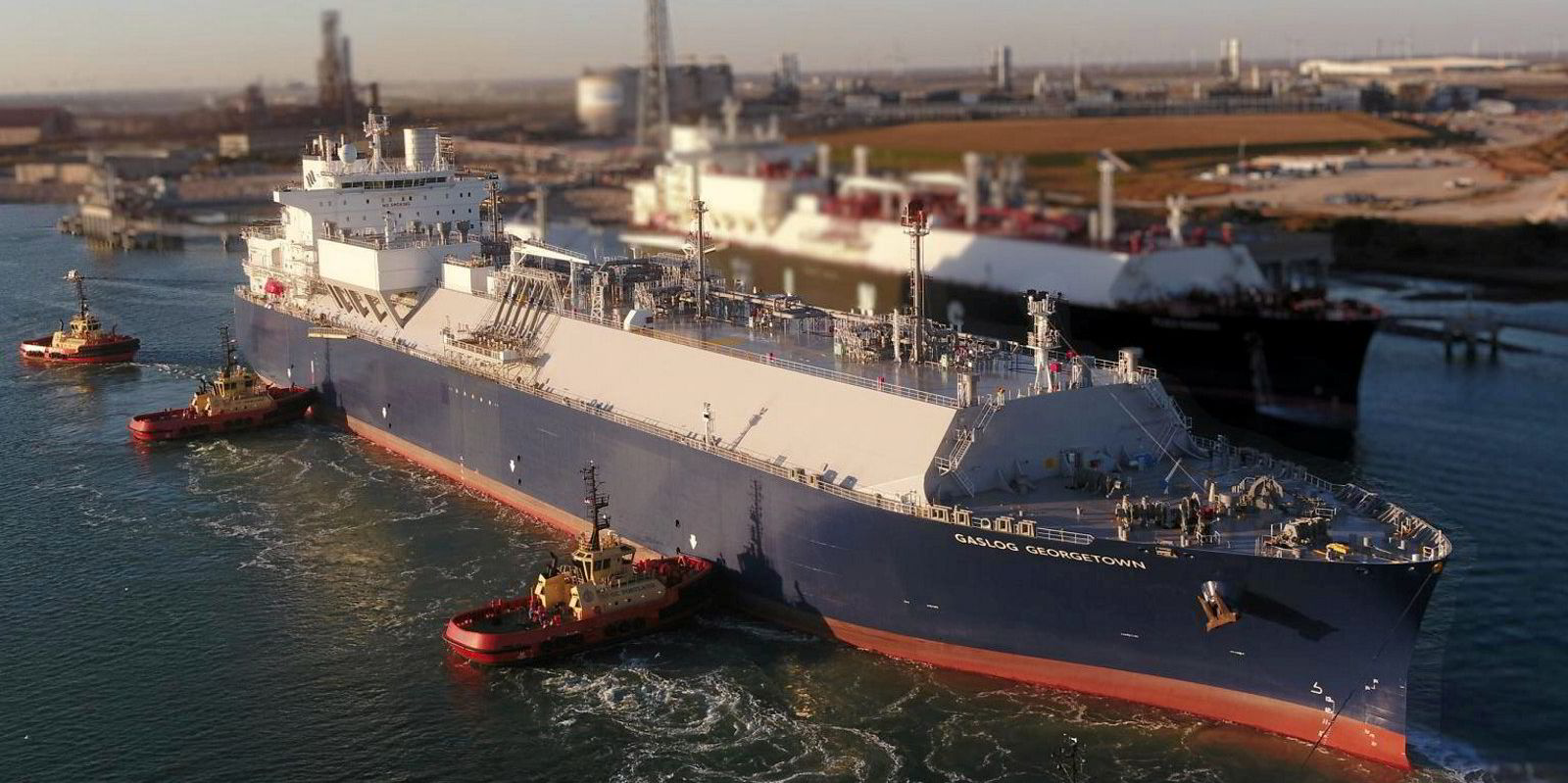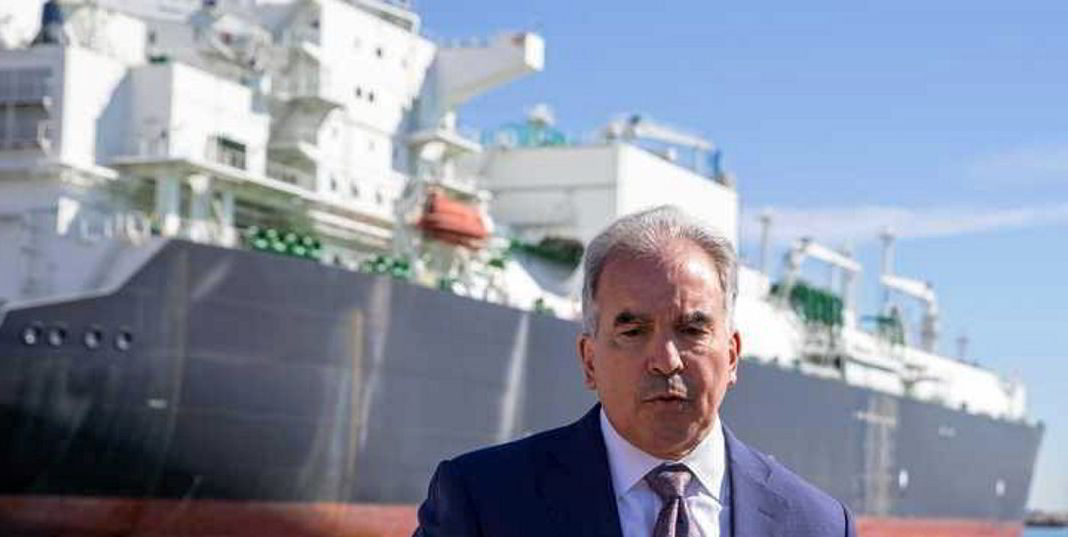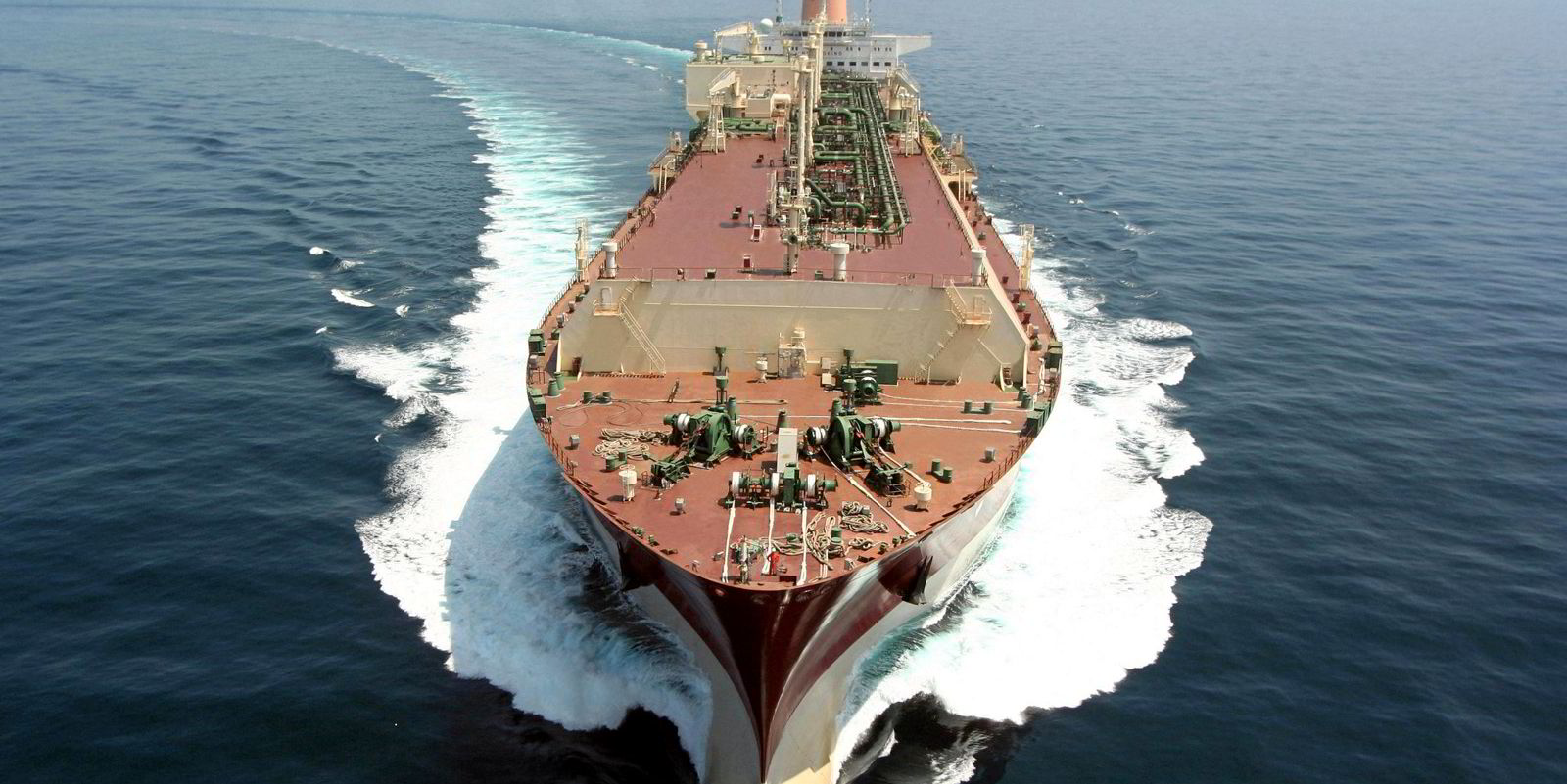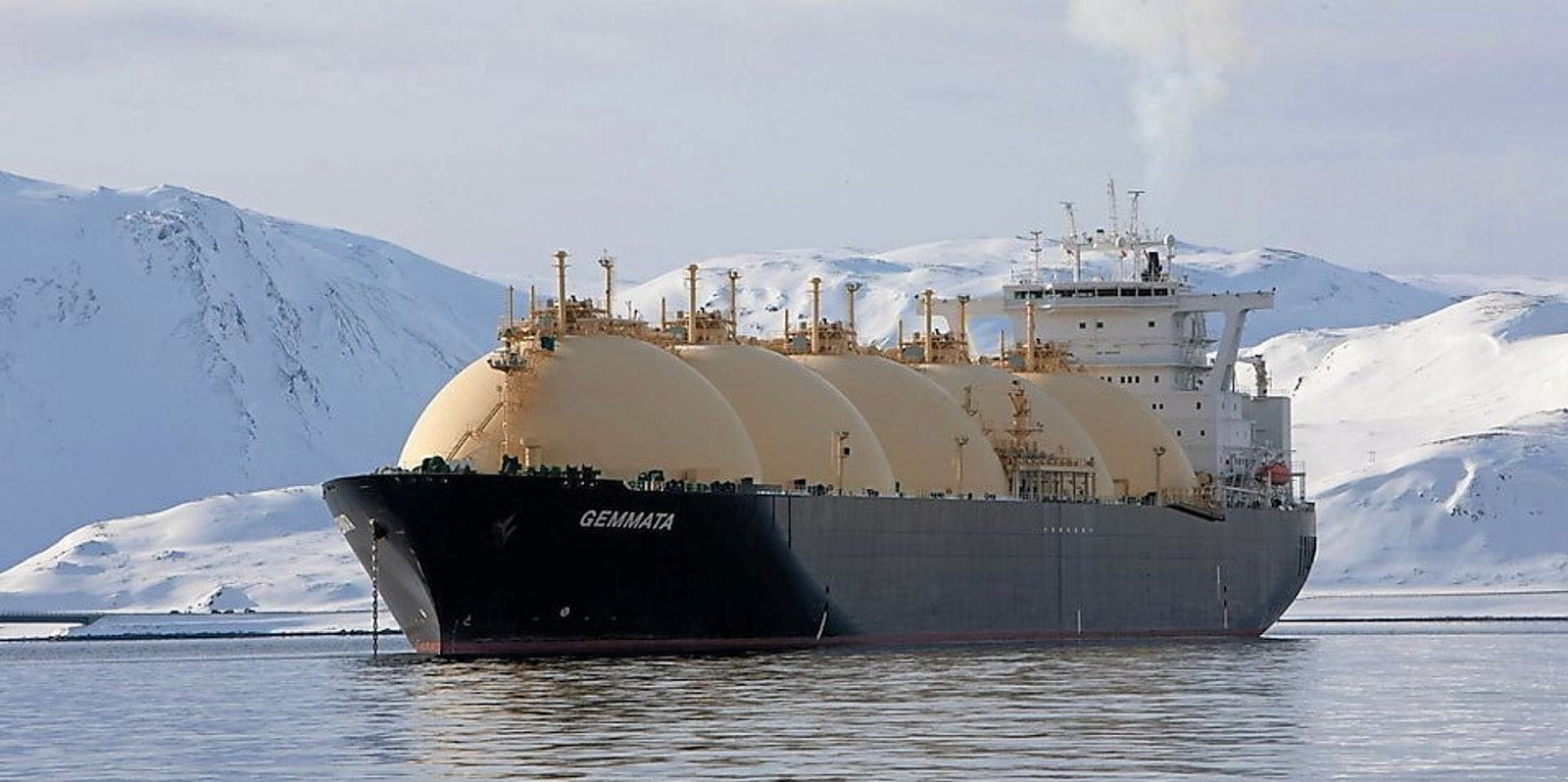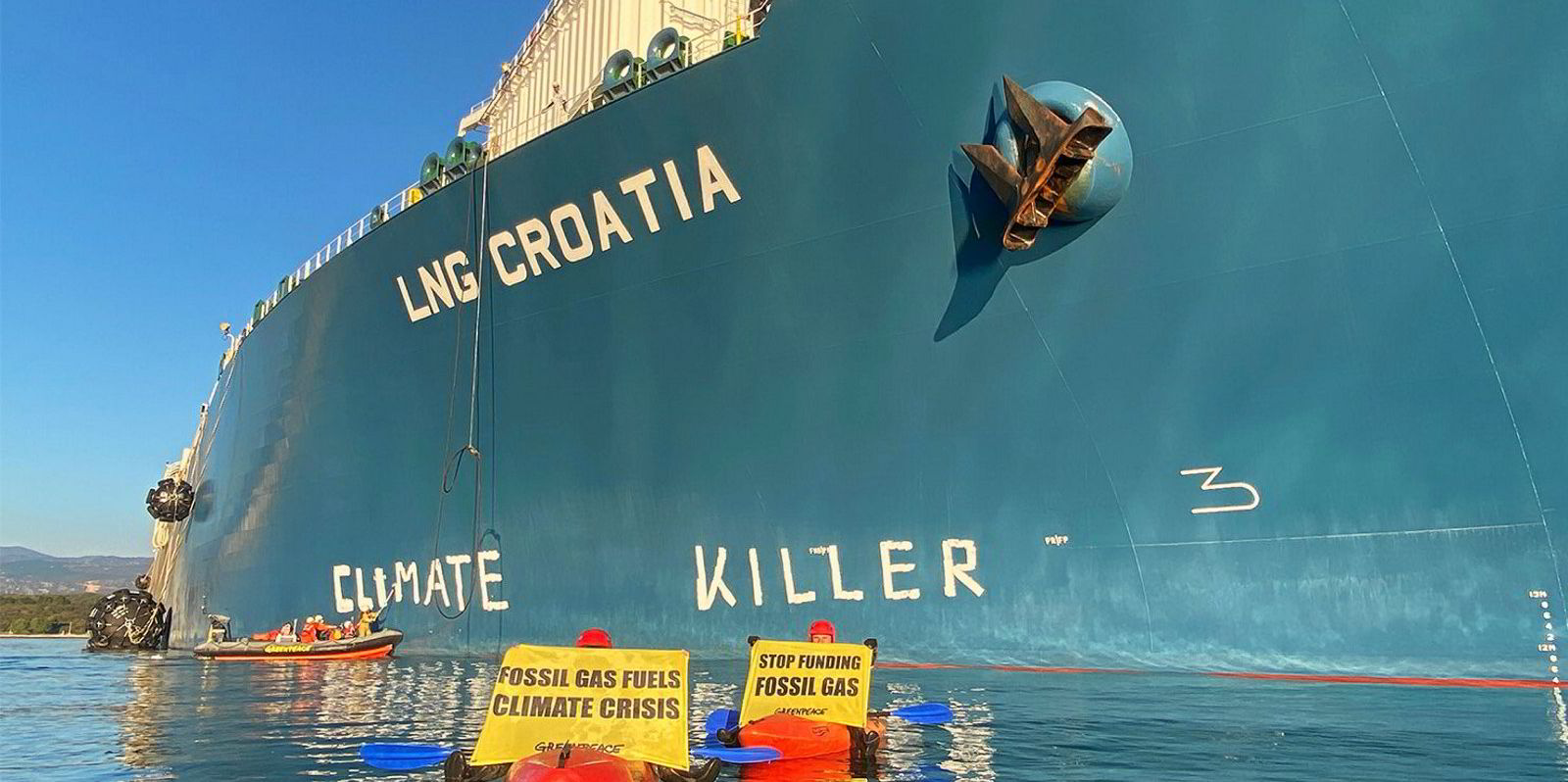Moves to slash carbon emissions for LNG along the product's entire supply chain are gathering pace as the industry seeks to get in step with the push towards decarbonisation and rebut claims of greenwashing by fossil fuel critics.
Industry players attending the World LNG Summit & Awards conference meeting in Rome this week heard speakers repeatedly talk about their efforts to avoid-reduce and — for those more challenging cases — offset emissions.
But delegates who made it through the complex web of Covid-19 testing and form-filling to the eternal city for the annual LNG event also listened to calls for improved methodologies for recording emissions, better data and greater transparency from all players along the supply chain.
Quick fix
Jonty Shepard, vice president of global LNG trading and origination at BP, told attendees that there are things that can be done in the short term to improve emissions before 2030.
Shepard highlighted that BP has got rid of all its steam turbine LNG carriers and moved over to ME-GI vessels, which he said produce roughly half the emissions for transporting cargoes the same distance.
He said the industry could start to move away from the less-efficient and uneconomical steamship tonnage.
Efforts to reduce the carbon footprint of cargo was a recurrent theme at the meeting.
From 2022, US producer Cheniere Energy will supply cargo emission tags (CETs) for every shipment out of its two US plants.
Cheniere Energy executive vice president and chief commercial officer Anatol Feygin said CETs are a good first step but more needs to be done to improve the data quality.
Shepard said that by 2030 "as an industry, we will have failed if we don't have a certificate saying what the carbon footprint is of each delivery of LNG that we make".
But he said there is a need for greater transparency across the industry to provide more widely available primary data.
Debate raged over carbon-neutral LNG where the emissions are offset by buying carbon credits.
Introducing one of the conference sessions, Amphitrite executive director Anita Odedra said that since 2019 there have been about 30 carbon-neutral LNG cargoes announced.
But she said there had been a lack of transparency around what had been offset and the quality of those offsets.
She said demand is there for offsets and it is growing.
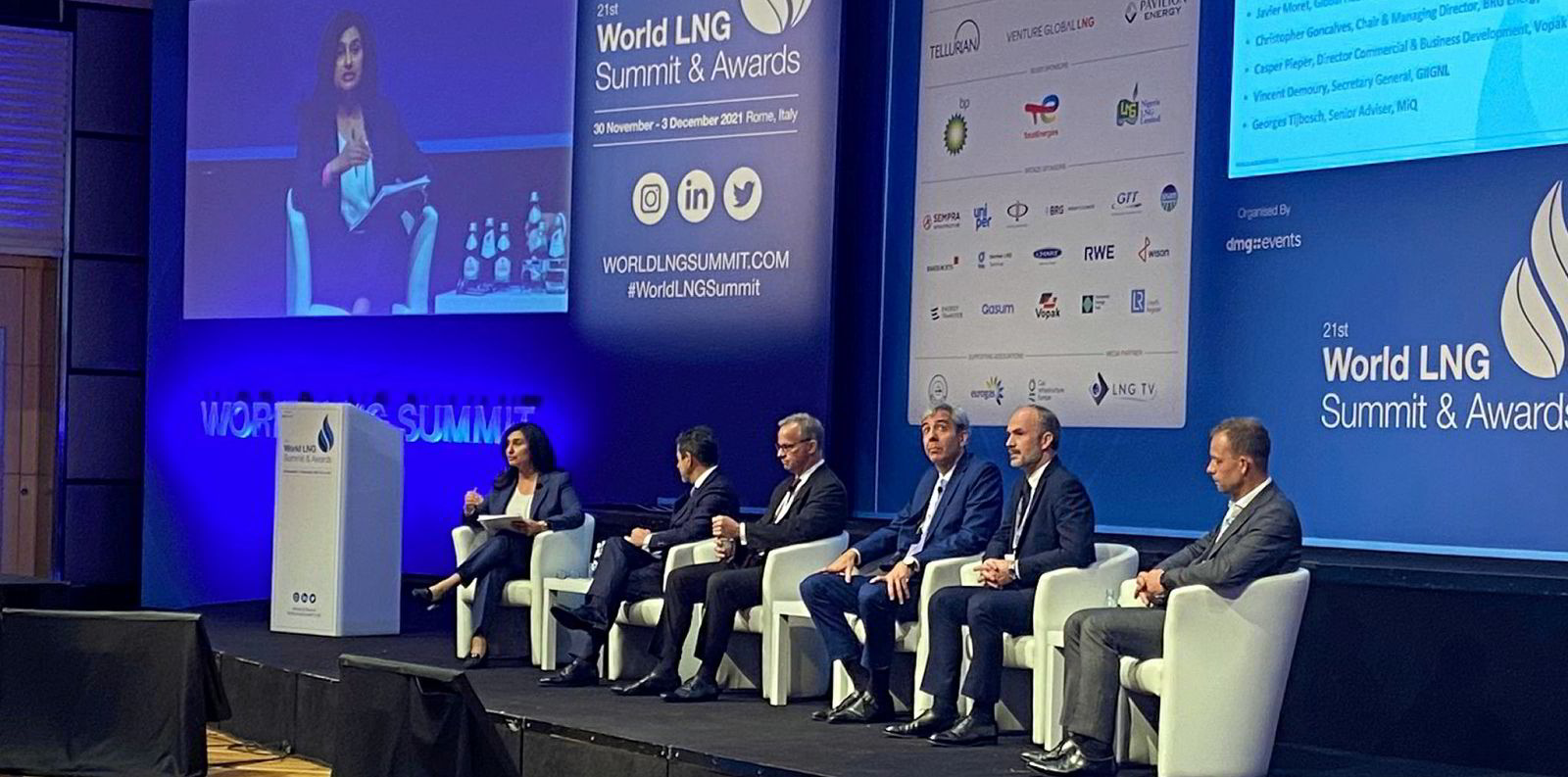
Odedra said UK data shows that one LNG cargo produces about 250,000 tonnes of CO2 equivalent (tCO2e), of which 75% is in the combustion stage and 25% is in the LNG supply chain — which includes shipping.
She quoted LNG importers' group GIIGNL's figure that about 5,500 cargoes were produced in 2020, which equates to about 1.25bn tCO2e. To offset that would entail planting 1.25bn trees annually.
Odedra said that this makes clear the need to first reduce and avoid the emissions and then use more transparent offsetting as a last resort.
'Dirty' LNG?
Tellurian vice-chairman Martin Houston asked his panellists if a two-tier market for low-carbon LNG and what he dubbed 'dirty LNG' could develop?
CPC vice president Jane Liao slammed the carbon neutral concept, telling delegates that while buying offsets mathematically neutralises the carbon in reality it is still being released by the buyer.
"It's not real decarbonisation," Liao said, while admitting that CPC may still use offsets but just for its own customers.
Atsunori Takeuchi, who is executive officer and senior general manager of the LNG business department at Tokyo Gas Co — which received its first carbon-neutral LNG cargo in June 2019 — said: "It is not 100% perfect way to net zero but is an environmentally friendly method of LNG supply."
But both he and Liao agreed that the concept of carbon-neutral cargoes would "not last long", with Liao putting a 20 to 30-year lifespan on them.
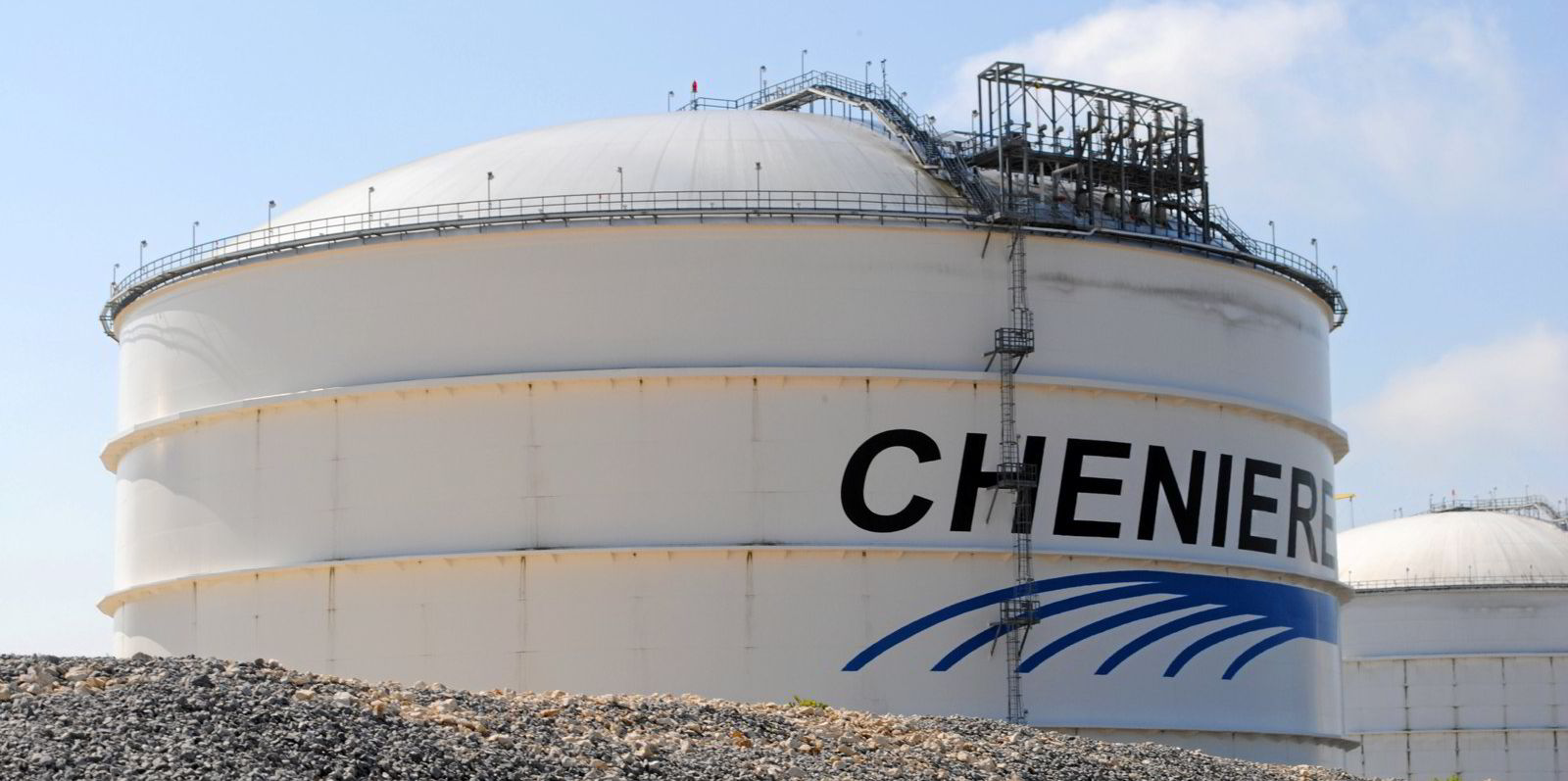
If decarbonisation is not enough, the LNG market is also battling supply-demand uncertainties.
Shepard said he is struggling to know what will happen this winter let alone next summer or in 2030.
He questioned whether customers will be discouraged by the high gas prices and pointed to the ongoing impact of Covid-19 coupled with the backdrop of economic growth.
Many spoke about the market not needing more liquefaction projects, with some participants forecasting that 2022 could be a big year for final investment decisions.
But Shepard said most commentators see a relatively tight LNG market out to 2025 to 2026.

